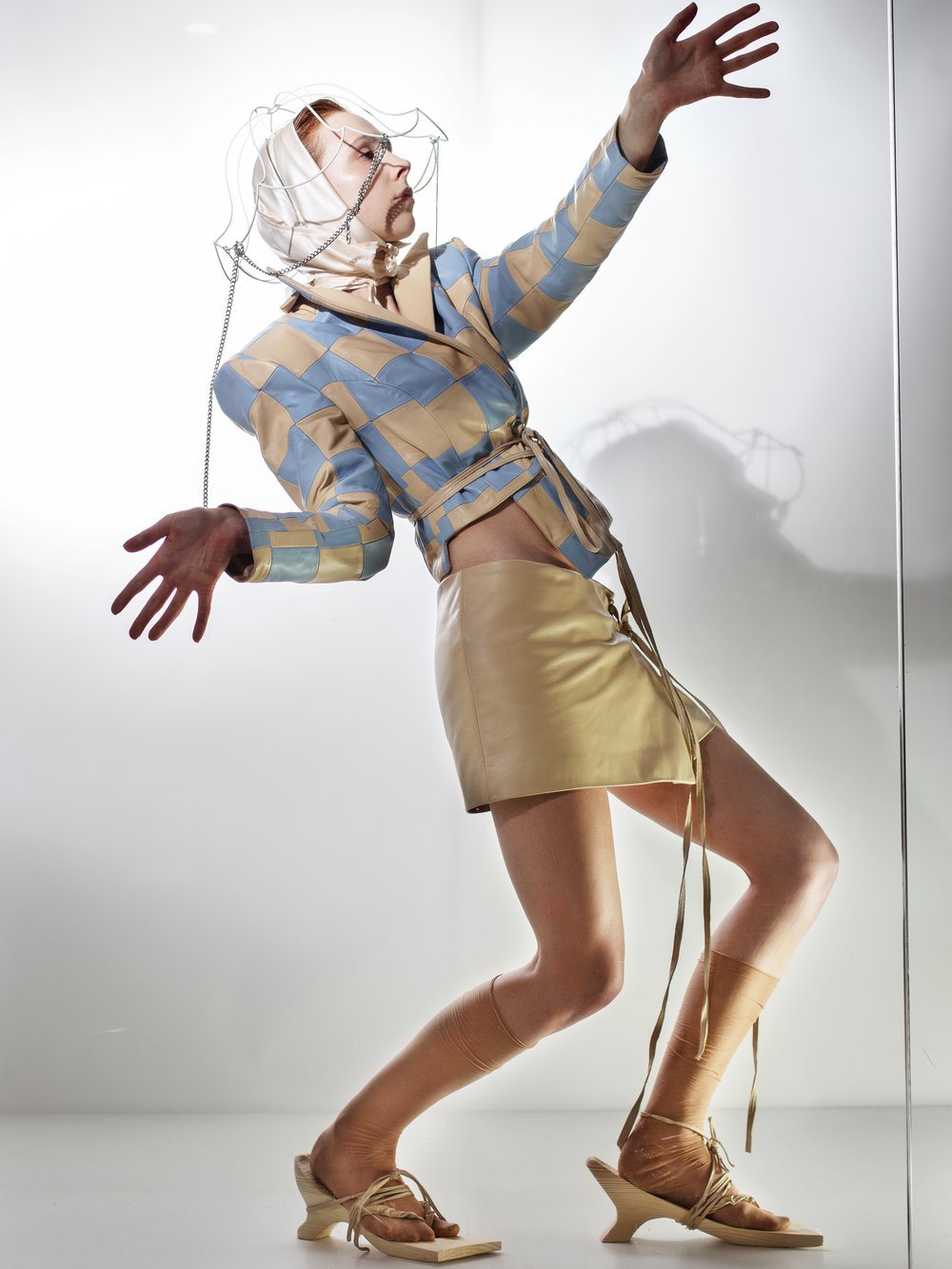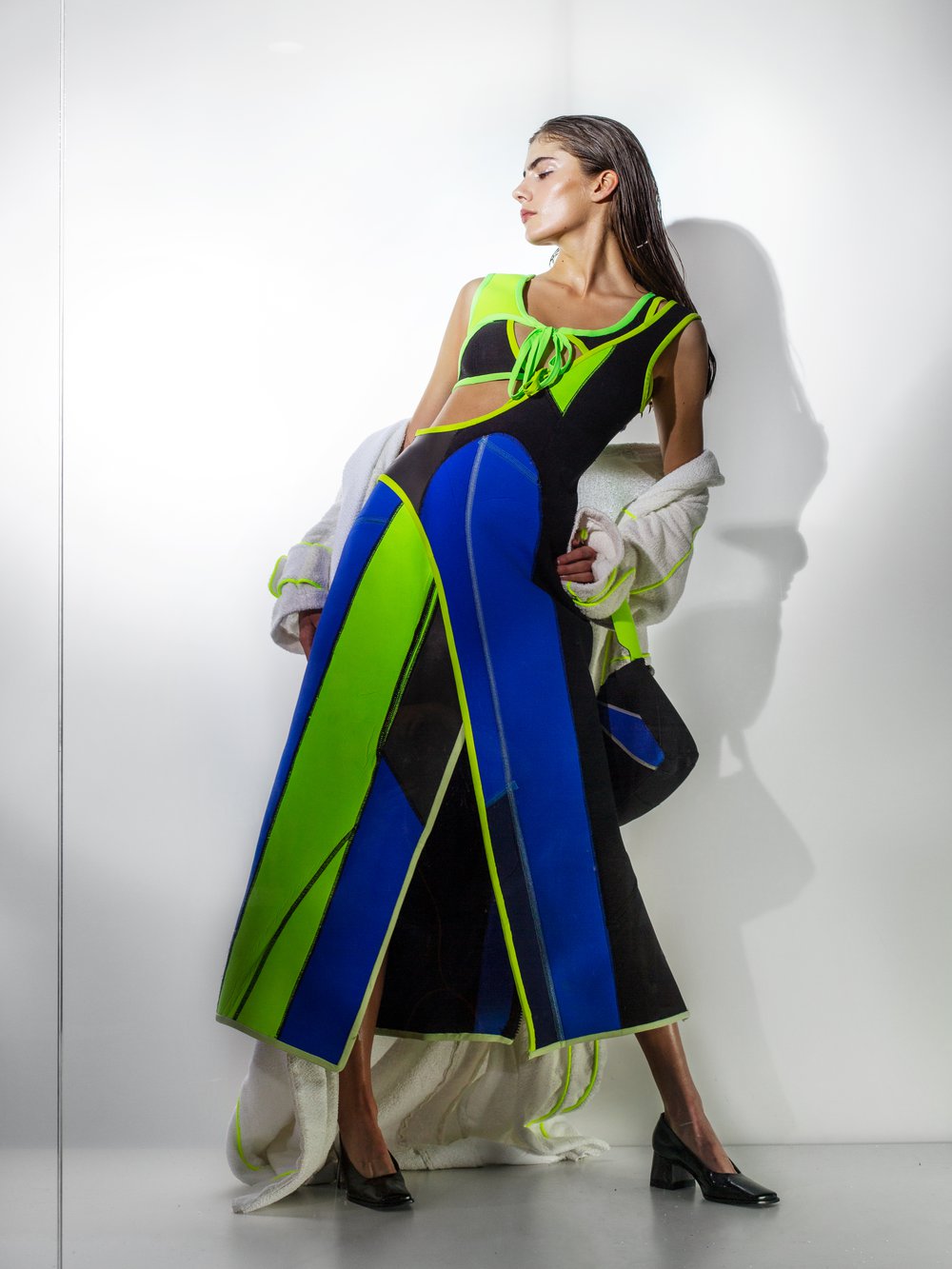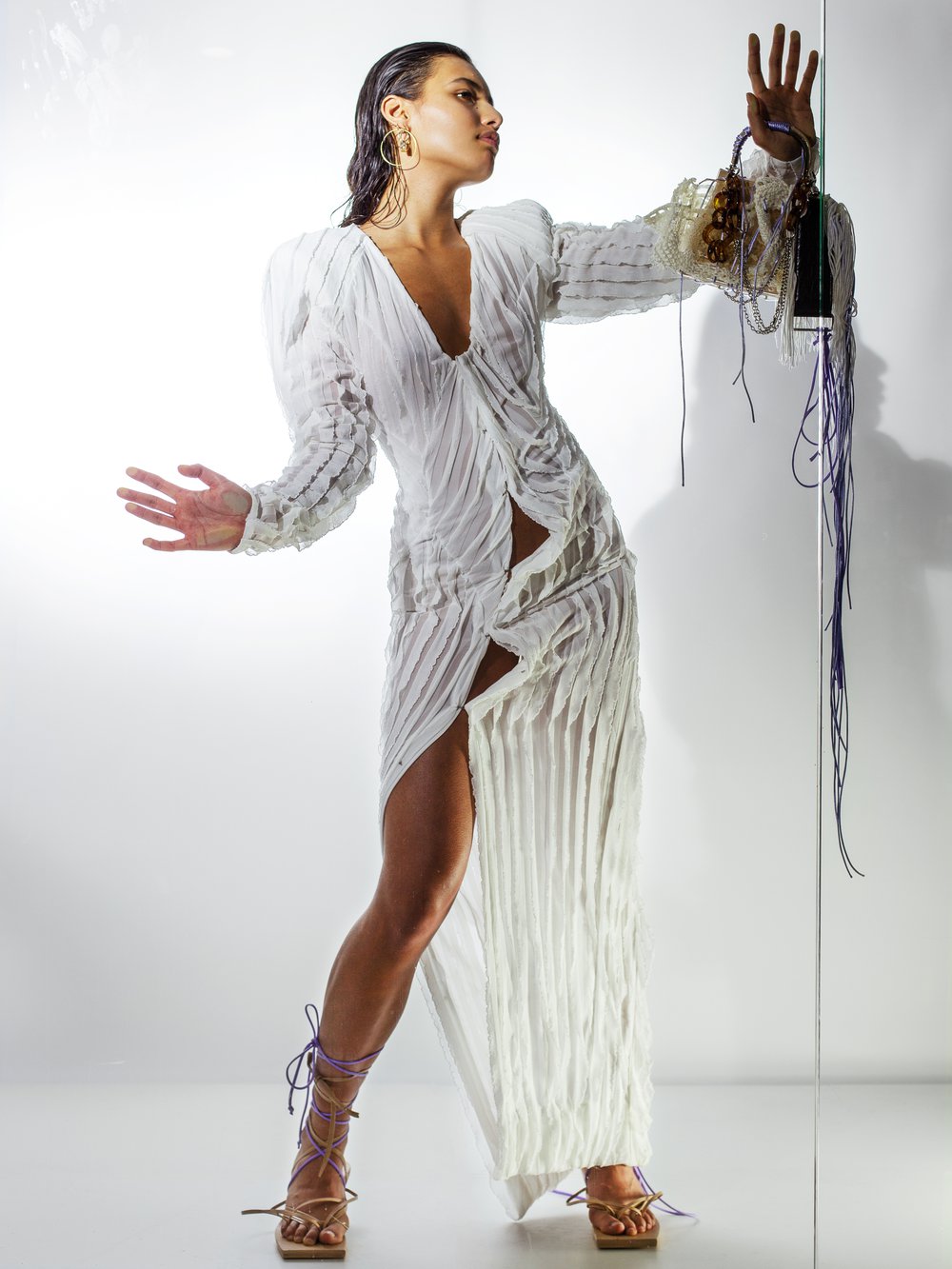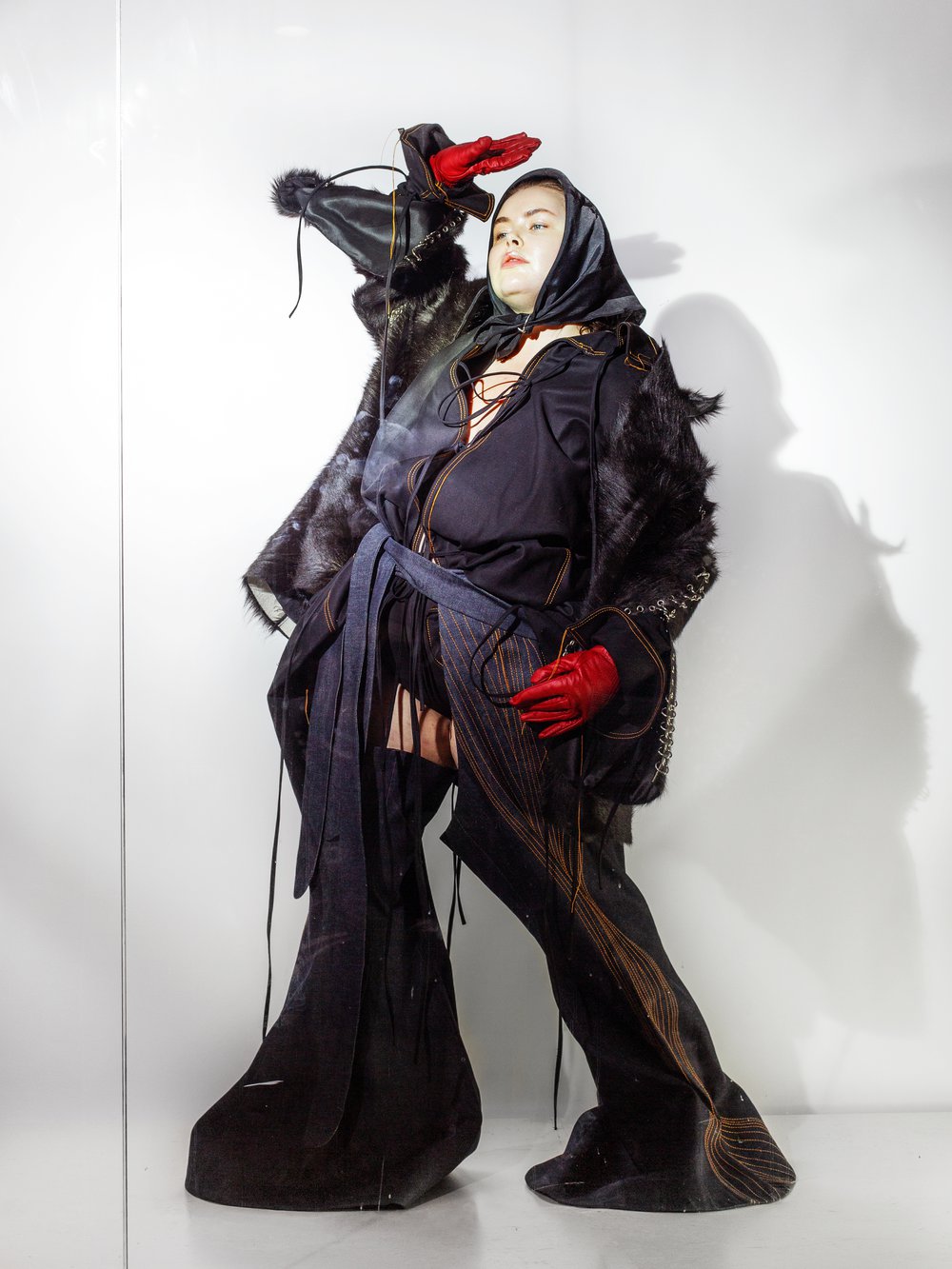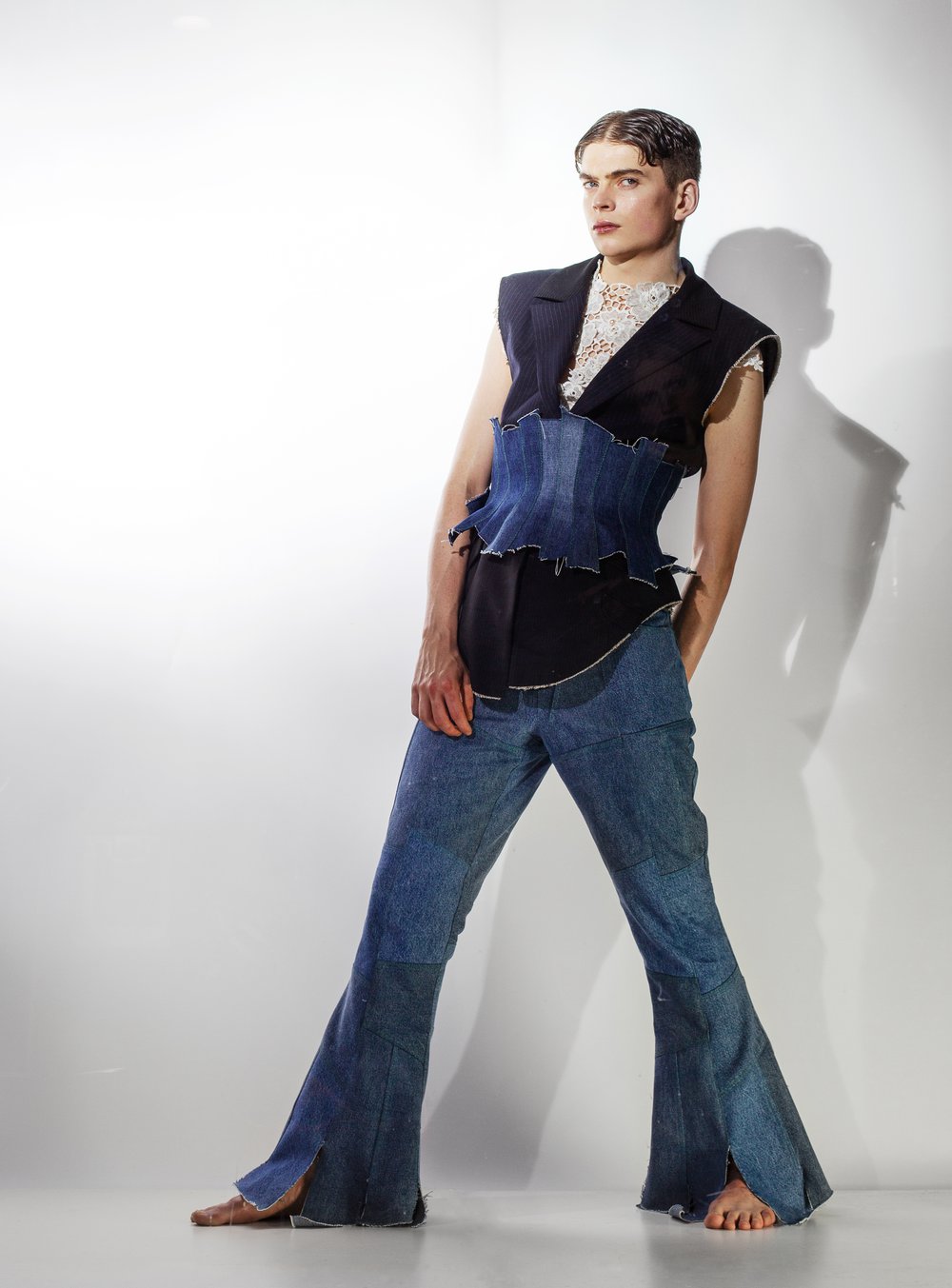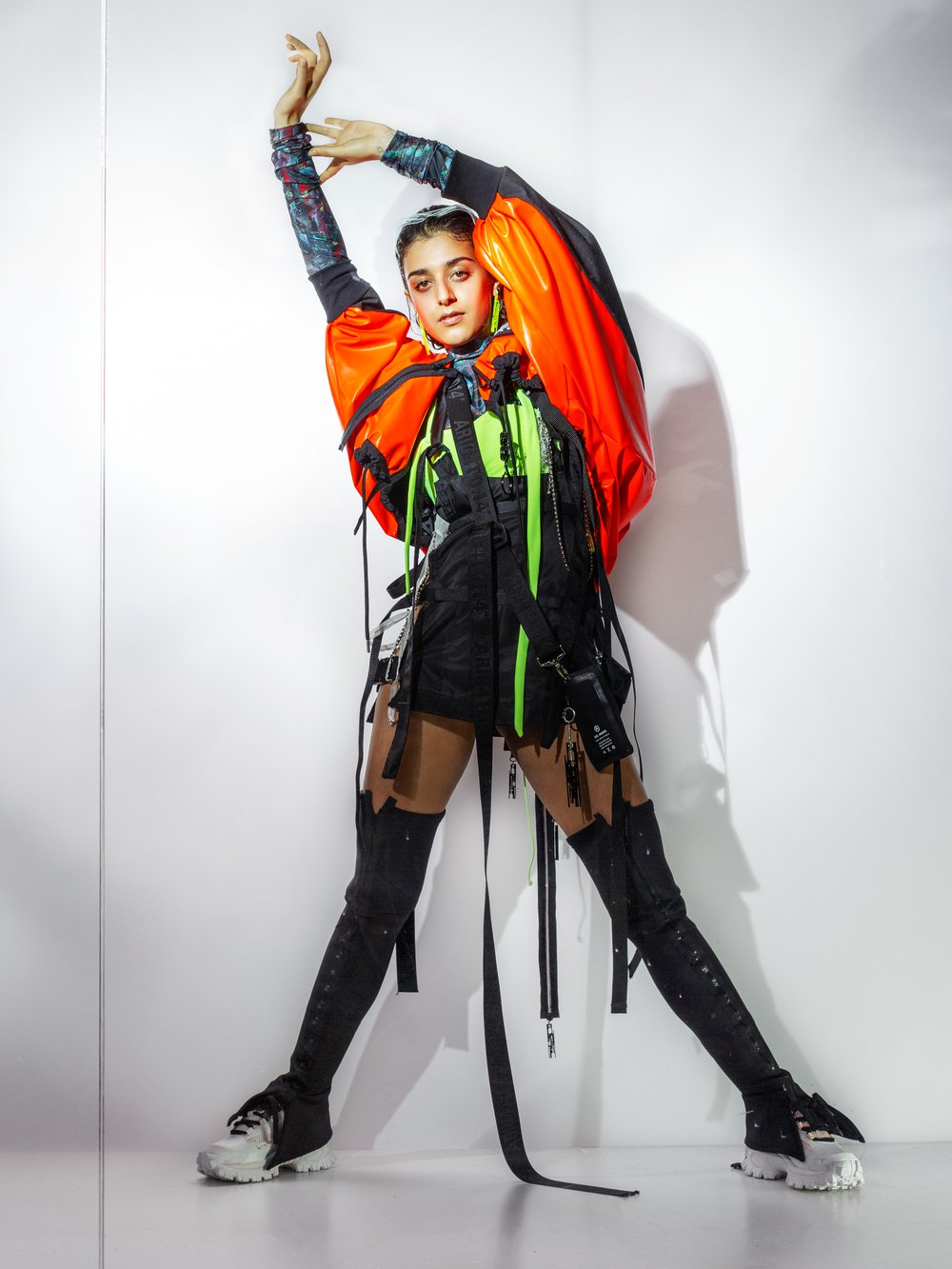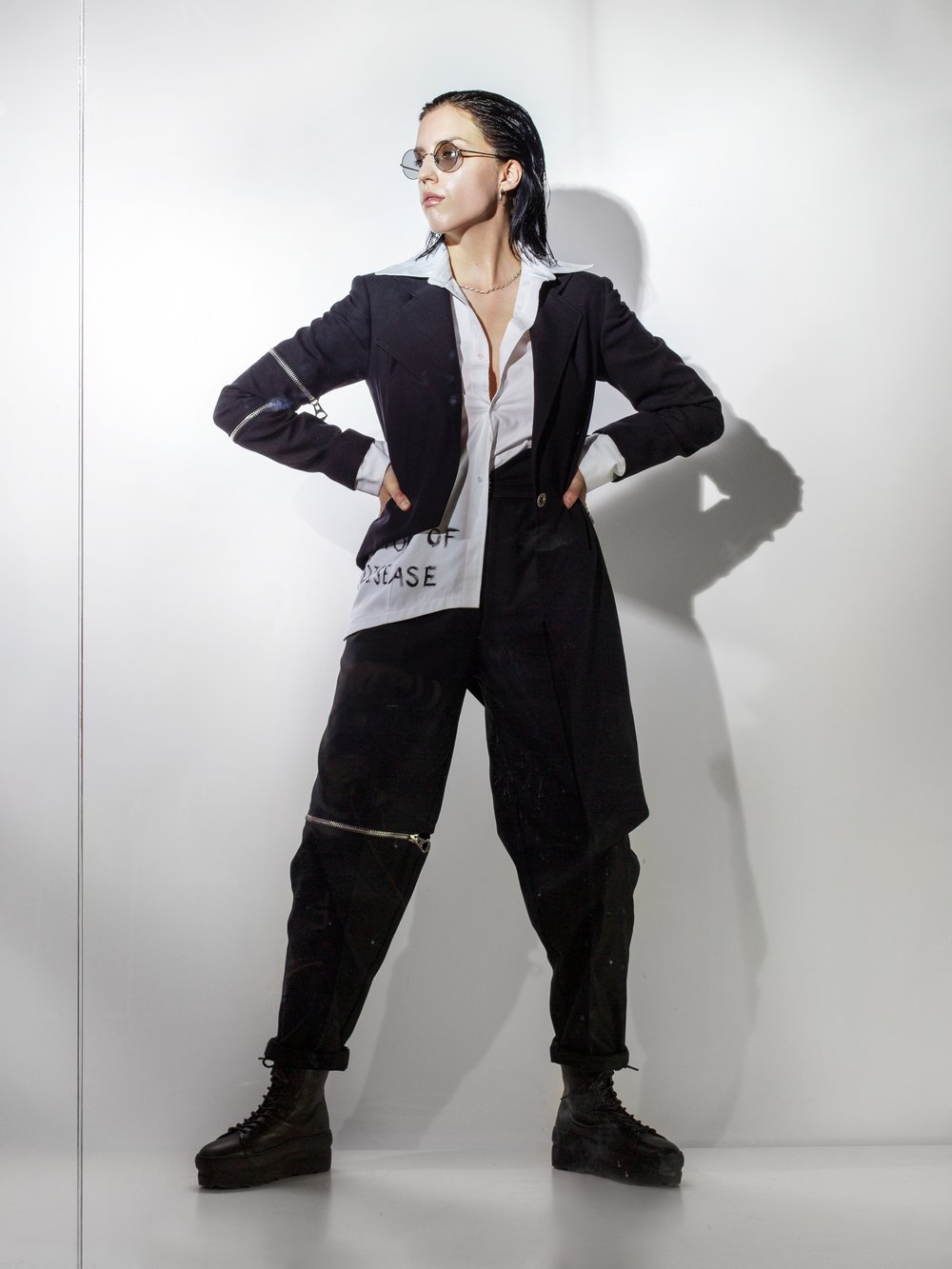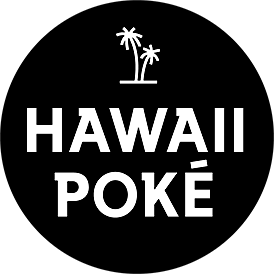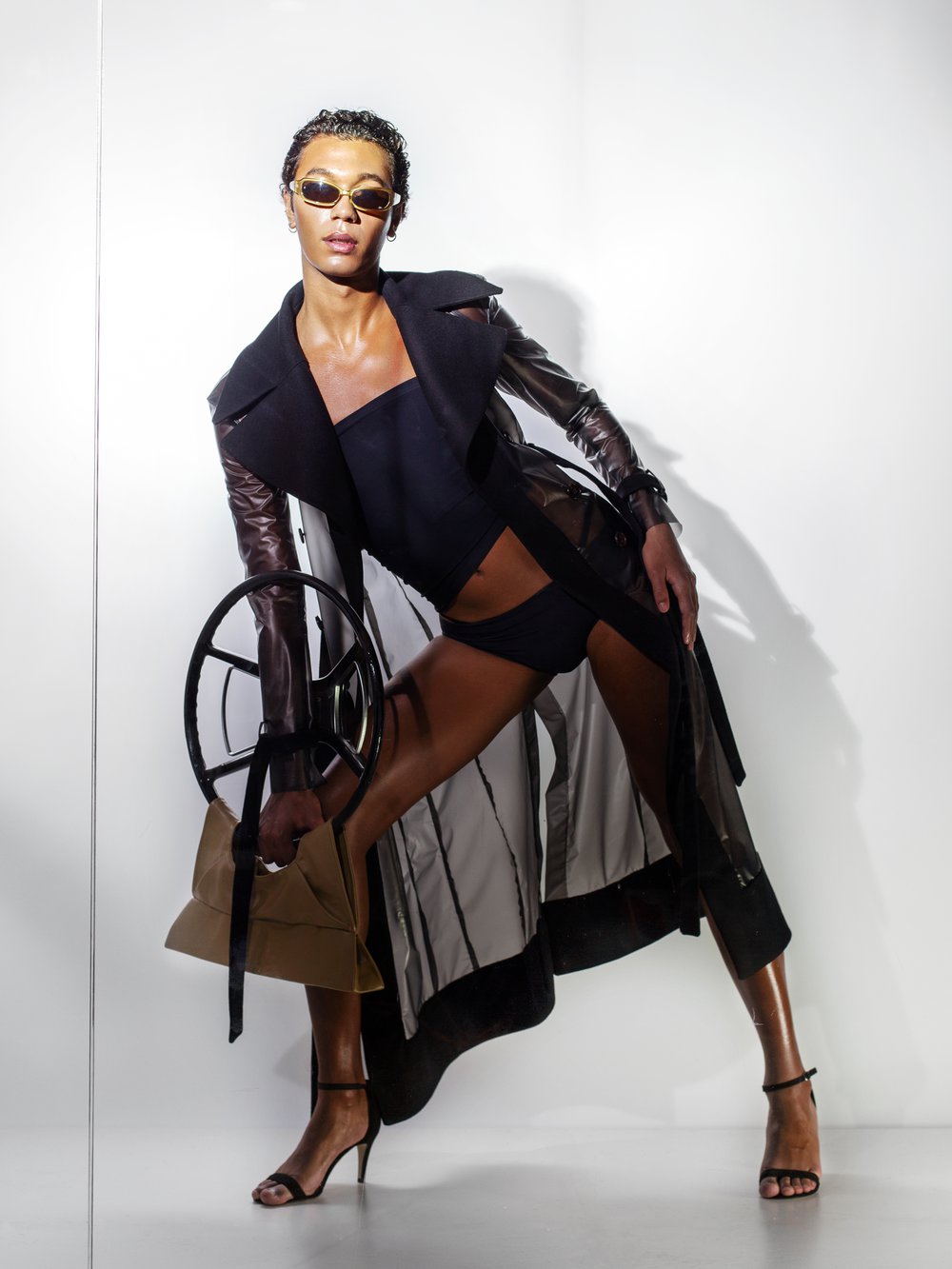
Eli Solberg
Hope
Sensuous
Hope, being a Scandinavian fashion brand with a tradition in tailoring and utility, stands for the foundation of my interpretation of the brand. By means of an understated tailored aesthetic and silhouette. Having built my collection on classic garments, my vision is to embrace the sensuality of the everyday. In a time of urgent need for a more diverse representation of fashion beyond gender, my collection is designed for everyone to wear regardless of one’s gender identity. I have also chosen to present my collection as a Resort. Casually mixing swimwear, evening wear and everyday essentials, my idea is to provide an effortless wardrobe to be worn with elegance through the day and for any occasion.
During my design process I have been looking to the body, as a means of empowerment. In the relation between the dressed up and the stripped down, is the nude.
Understated. A contradiction. Escapism into the plain.
Fashion for longevity is my stance on sustainability. I would like my design to make whoever wearing it feeling raw, effortlessly beautiful and alive. Wanting to create that bond, that makes us care for our garments and keep them in use for years to come. The majority of the materials used in my collection are deadstock fabrics carefully selected and sourced from fashion houses, wanting to be environmentally resourceful using existing resources. For my Swimwear range, I have chosen to work exclusively with ECONYL®.
Which is Lycra created from Nylon waste from landfills and oceans around the world. Lastly, I have also used plastic. It’s my vision to make a 100 percent mono material, an easily recyclable product for several life cycles to come, encouraging taking better care of and recycling plastic waste.
Materials: 50% Deadstock fabrics (Wool, Cashmere, Silk and Cotton), 25% ECONYL®, 20% Polyurethane, 5% Silk
Thanks to: Patrik Guggenberger for his engaged involvement and support throughout the collaboration. An extra thanks to the team for letting me use their deadstock fabrics, as part of my collection.
